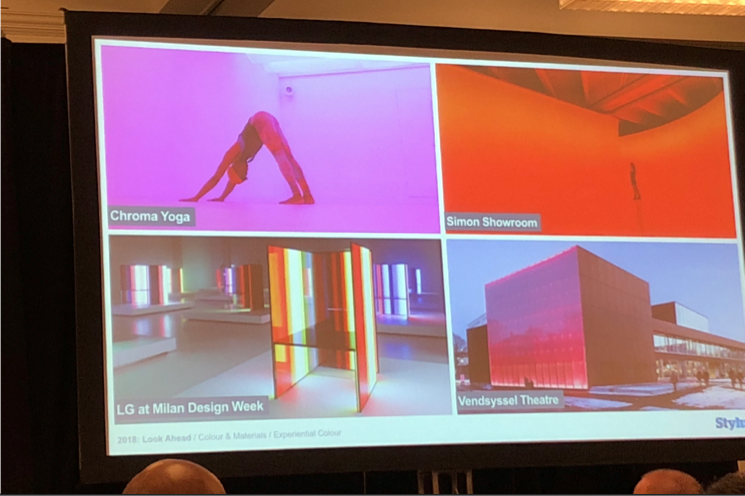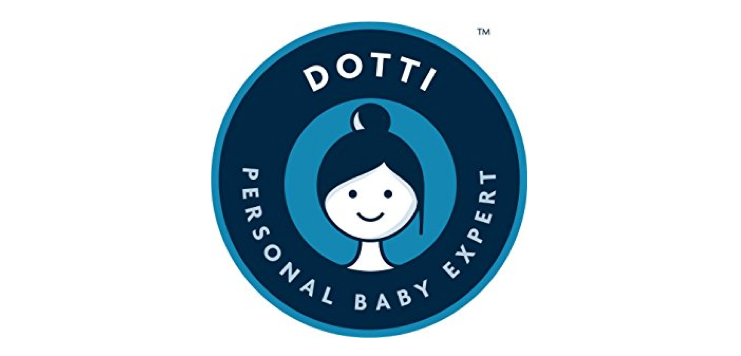Takeaways from BXP Live! 2018
March 16, 2018 - by Taylor Getler BXP Live! is an annual 3-day conference in southwest Florida for branding, design, and marketing leaders. It’s a great opportunity to gain new ideas and insights, network with industry peers, and keep up with the latest innovations in printing and technology. After listening to an interesting and diverse range of presentations, it was clear that the running theme this year was “points of connection.”
BXP Live! is an annual 3-day conference in southwest Florida for branding, design, and marketing leaders. It’s a great opportunity to gain new ideas and insights, network with industry peers, and keep up with the latest innovations in printing and technology. After listening to an interesting and diverse range of presentations, it was clear that the running theme this year was “points of connection.”
This concept manifested across different disciplines, from digital to packaging to in-store displays. For instance, Alison Gough from Stylus observed that one of the biggest trends shaping 2018 would be the overwhelming influence and importance of interactivity. According to her research, not only will interactive technology get stronger, but analog experiences will become more interactive as well. She also stressed the growing significance of mixed reality for retailers. During a panel discussion lead by executives such as Julie Marchant Houle of Hain Celestial Group and Funlayo Alabi of Shea Radiance, interesting revelations about the future of retailers came to light. Despite industry fears, brick-and-mortar stores are unlikely to ever die out completely. They will, however, need to shift their focus away from being “buying centers” and instead become “experience centers”. The panel pointed to Sephora as a case study for an extremely successful execution of prioritizing experience over purchase. The employees at these stores are referred to as “cast members” rather than “staff members”, each tasked with delivering a personalized consultation to all shoppers. Sephora isn’t just a place to buy makeup – it’s a center of education, and the employees are the well-trained teachers.
During a panel discussion lead by executives such as Julie Marchant Houle of Hain Celestial Group and Funlayo Alabi of Shea Radiance, interesting revelations about the future of retailers came to light. Despite industry fears, brick-and-mortar stores are unlikely to ever die out completely. They will, however, need to shift their focus away from being “buying centers” and instead become “experience centers”. The panel pointed to Sephora as a case study for an extremely successful execution of prioritizing experience over purchase. The employees at these stores are referred to as “cast members” rather than “staff members”, each tasked with delivering a personalized consultation to all shoppers. Sephora isn’t just a place to buy makeup – it’s a center of education, and the employees are the well-trained teachers.
The panel also pointed to Sephora and other luxury retailers as pioneers in integrating digital experiences into the in-store shopping trip, echoing Alison Gough and haptic interface expert Dr. David Parisi in their acknowledgment that the future of customer experience design will rely on efficiently bringing valuable digital media into stores.
Dr. Parisi’s keynote presentation also illustrated some fascinating possibilities for the future of retail, such as the idea that as interfaces get better at simulating the sensation of touch, brands may eventually trademark physical sensations and integrate them into their brand identity. A bottled water brand, for example, might simulate the feeling of being sprayed by a waterfall, with that having a severe impact on the way the product is designed, marketed, and merchandised. On day two of the conference, a team from Gerber introduced the audience to Dotti, a tool that allows mothers to text in their questions and receive answers from a suite of pediatric healthcare professionals and childcare experts. Dotti has been a wildly successful part of Gerber’s campaign to earn a larger presence in consumers’ lives, having received a ton of positive feedback in beta testing. Dotti keeps track of the child’s age, offering appropriate advice as they grow. With Dotti, Gerber is leading the way by demonstrating that they can be a coach and partner to shoppers.
On day two of the conference, a team from Gerber introduced the audience to Dotti, a tool that allows mothers to text in their questions and receive answers from a suite of pediatric healthcare professionals and childcare experts. Dotti has been a wildly successful part of Gerber’s campaign to earn a larger presence in consumers’ lives, having received a ton of positive feedback in beta testing. Dotti keeps track of the child’s age, offering appropriate advice as they grow. With Dotti, Gerber is leading the way by demonstrating that they can be a coach and partner to shoppers.
Alex Center of Coca-Cola and vitaminwater spoke about how packaging succeeds when it considers how consumers will interact with it. At its highest level, branding isn’t about logos or packaging – it’s about relationships. Little touches like snappy copy and interesting design go a long way to build a connection with shoppers. Similar to the retail experience panel discussion, Alex warned the audience not to sell products, but to instead sell experiences and feelings.
By the end of it all, the big takeaway of the conference was that integrating technology, using design to improve the shopper experience, and infusing brands with more humanity will be key to strengthening the customer connection.
- < Previous What “Raw Water” Teaches Us About Buzzword Overuse
- Next > Five characteristics of a winning brand strategy




